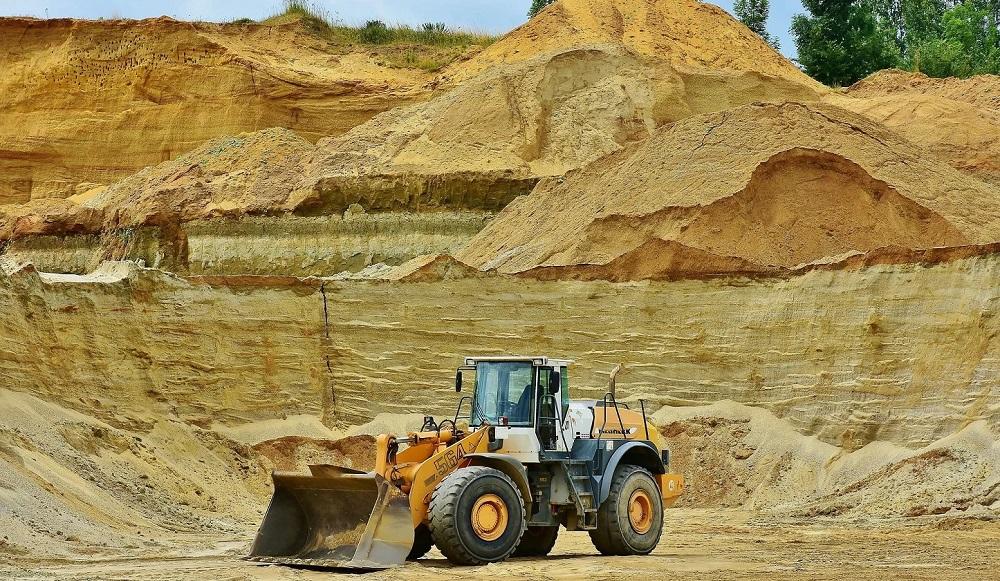- There are two ways in which miners extract rare earths. Both methods are dangerous to the environment.
- They cause contamination of the topsoil and groundwater and they produce harmful dust.
- In April, residents of Myanmar stopped Chinese rare earth miners due to environmental concerns.
In April, China reportedly announced plans to stop rare earths mining in Myanmar’s Kachin state following mounting protests by the locals on environmental concerns.
Media sources state that the protests started in December after the Kachin Independence Organization, a significant ethnic group, authorized Chinese companies to mine in Kachin State close to the Yunnan Province border with China.
Rare earth minerals are a group of 17 elements, including cerium, neodymium, lanthanum, and others. They are vital for various high-tech industries, such as electronics, renewable energy, and defense. According to Investing News, Myanmar produced 12,000 metric tonne of rare earths in 2022, ranking the country fourth globally among all producers.
The global rare earths market will grow to 206,254.83 kilotons by 2028 from 167,986.33 kilotons this year. With stalling activity in Myanmar’s rare earth mines, one wonders who will step in to fill the gap?
Tanzania’s rare earths deposits
Closer home, a remote village in Tanzania is promising to offer the solution the world needs. Tanzania’s rare earth mineral deposits are primarily found in the coastal region of Songwe-Kiwira. The main rare earth minerals present in these deposits include monazite, bastnäsite, xenotime, and euxenite.
The Songwe-Kiwira deposits have attracted attention from both domestic and international mining companies due to their potential economic value. Known as the Ngualla Project, miners are assembling relevant infrastructure to extract rare earths.
This project is estimated to cost $320 million and will open over 3,000 indirect jobs and more than 200 direct jobs within the next five years.
Other elements found at the Ngualla site include high-grade niobium-tantalum, phosphate, fluorspar and barite mineralization.
“These additional commodities are at an early stage of evaluation and represent potential upside opportunities for additional products from the project,” reports Peak Rare Earths, one of rare earth miners in Tanzanian.
Myanmar’s tough mining lessons
Authorities in Tanzania may need to keep a close eye on the situation in Myanmar. Given the potential for jobs and government revenue from mining, an halt in activities can be a huge blow. Chinese miners were compelled to cease operations in Myanmar by villagers who cited the effects of environmental damage. They are also bringing up issues pertaining to local people’ means of subsistence. The welfare of animals as a result of the extraction of rare earth is also a source of complaint for them.
Mining operations can release dust and particulate matter into the air, particularly during drilling, blasting, and crushing. These particles can contain harmful substances such as heavy metals. Left unmitigated, these substances can pollute the air, causing adverse effects on human health.
Mining activities can disrupt the soil structure and composition, making it less fertile and suitable for agriculture. Further, the disposal of waste rock and tailings, which are byproducts of mining, can lead to the accumulation of heavy metals and other contaminants in the soil, rendering it unsuitable for agriculture.
Read also: Tanzania gets Australian suitors in scramble for rare earths
Mining rare earths poses danger to environment
Data from the industry shows there are two ways in which rare earths are extracted. An article published in the Harvard International Review in August 2021 claims that both are environmentally dangerous. They cause contamination of the topsoil and groundwater and they produce harmful dust. According to Earth Journalism Network, mining operations have left some regions with open pits. These pits fill with water polluted by chemicals, rendering the areas impossible to grow trees.
Then there is the issue of rising geo-political and trade tensions. The West would like to find another reliable source of these elements.
China remains the world’s largest producer of rare earths with reports placing its production capacity at 210,000 MT. This exceeds the combined output of the US (43,000 MT) and Australia (18,000 MT).
Then comes Myanmar (12,000 MT) in fourth place and Thailand (7,100 MT) takes fifth-place. In Africa, countries like South Africa, Madagascar, Malawi, Kenya, Namibia, Mozambique, Tanzania, Zambia, and Burundi have significant quantities of quality rare earth elements.
